Iseilema vaginiflorum
Domin
Red Flinders Grass
A tufted erect annual grass up to 75 cm tall (Figs. 1a & b). Plants often with a red tinge to leaves and flowering heads. Leaves are cauline (arising along the erect stem), flat or folded together lengthwise, 10-20 cm long, 2.5-6 mm wide. Spikelets (the basic flowering unit) are arranged in mostly terminal clusters, enclosed within leaf-like floral sheaths and flattened laterally (Fig. 2a & b). There are often several floral sheaths in a cluster and at maturity seeds fall with floral sheaths intact. The spikelets have a conspicuous exserted awn (bristle), the awn is up to 15-23 mm long and sharply bent just above a twisted column or base (Fig. 3).
Botanical Description
An annual species, culms erect, up to 75 cm tall, leaves cauline, blades flat or conduplicate, 10-20 cm long, 2.5-6 mm wide (Fig. 1). Inflorescences are terminal or axillary clusters of contracted racemose branches 1.2-1.7 cm long, the branches mostly enclosed within leaf-like floral sheaths (Fig. 2a & b). Floral sheaths contain usually two spikelet clusters, each cluster enclosed or subtended by a spathe 9-12 mm long, the lower cluster has 4 reduced spikelets forming a whorl or involucre around a bisexual more or less sessile basal spikelet which is awned and two reduced pedicelled spikelets (male or sterile) (Fig. 3 ). The second spikelet cluster is similar but with no involucre of four reduced spikelets. The inflorescences are laterally compressed and usually disarticulate or fragment at maturity, falling as one unit with the floral sheath.
Diagnostic Features
The species of this genus are easily recognised by the clusters of laterally flattened flowering heads usually enclosed or exserted from a leaf-like floral sheath, and their annual habit. They may be confused with species of Themeda, particularly Themeda triandra, but can be differentiated by their generally smaller annual habit, the presence of a leaf like floral sheath with a distinct sheath and blade, and the generally smaller spathe, involucral spikelets and awns (Fig. 4). For other differences between the genera consult Simon & Alfonso (2011). Iseilema vaginiiflorum is most similar to Iseilema fragile and can only be separated from that species by the presence of involucral spikelets in the lower clusters. From other species of Iseilema in the region it is distinguished by the flowering heads breaking apart and falling off the stem at maturity, and the spikelets mostly enclosed within the floral sheaths. According to Milson (2000) the flowering or seed heads are more flattened and less dense than other species of Flinders grass.
Natural Values
Apparently this species sets abundant seed and as such is likely to provide food for grain eating animals.
Habitat
This grass is widespread throughout tropical and subtropical Australia and is recorded for all mainland states except Victoria, in Cape York Peninsula not recorded north of 15°S. Usually found on black soil plains and often with Astrebla (Mitchell grass).
Land Management Notes
Considered a highly palatable genus, especially when young and useful for making hay (Lazarides 202, Milson 2000, Rolfe et al. 1997, Simon 1992b, Simon & Alfonso 2011).
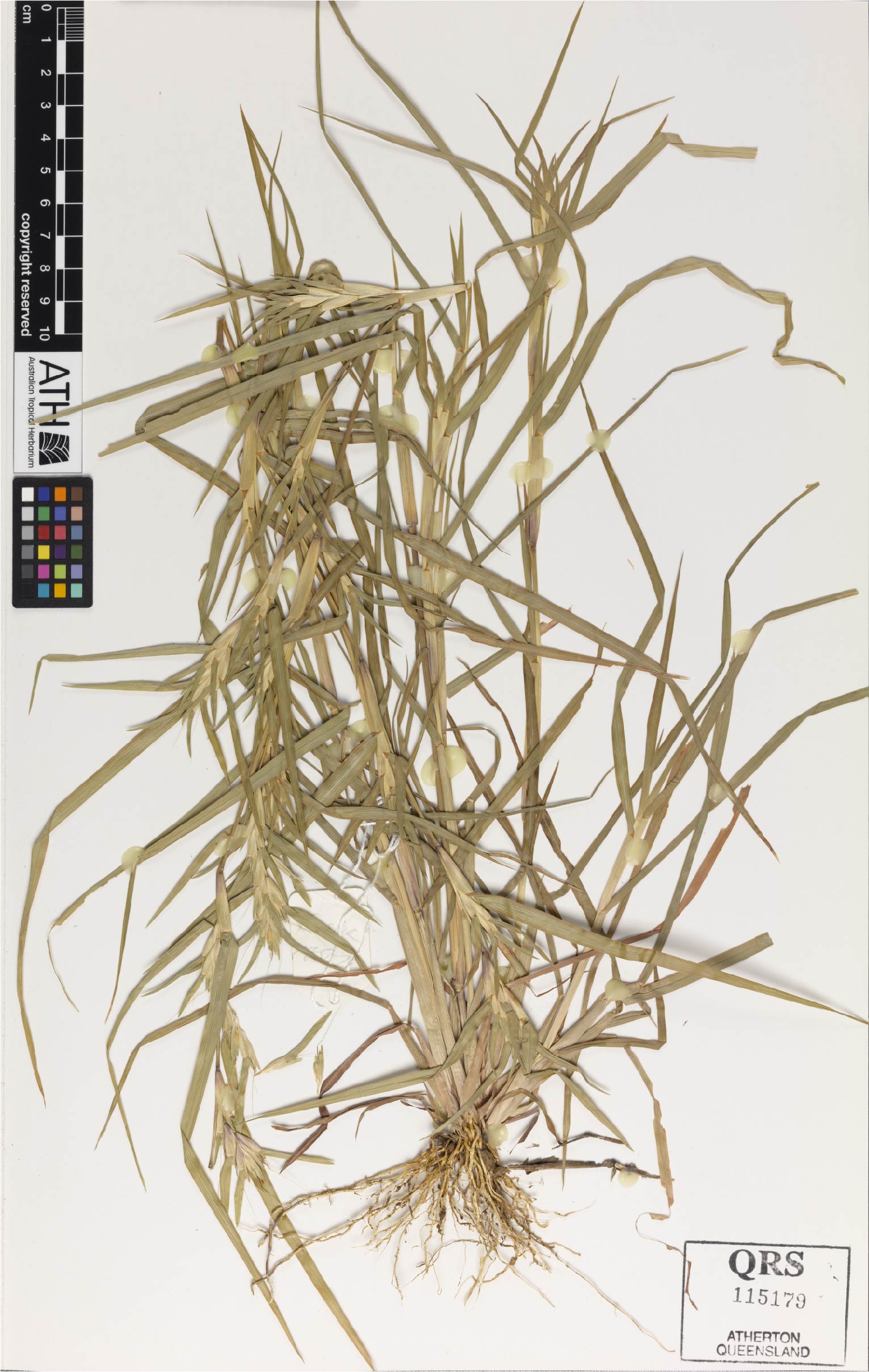
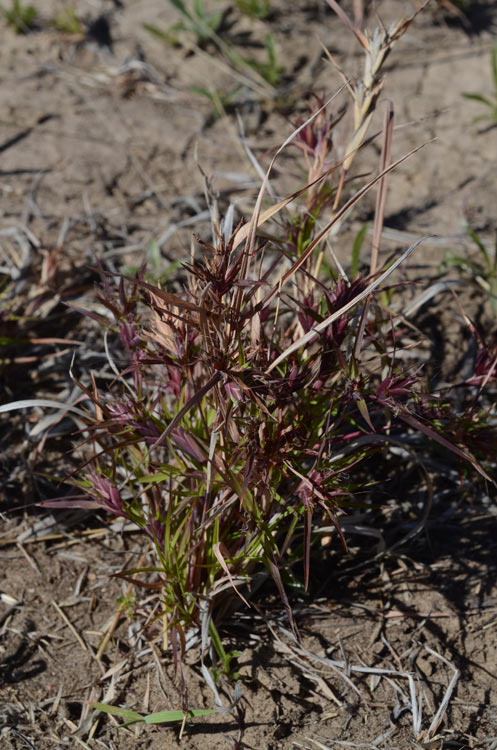
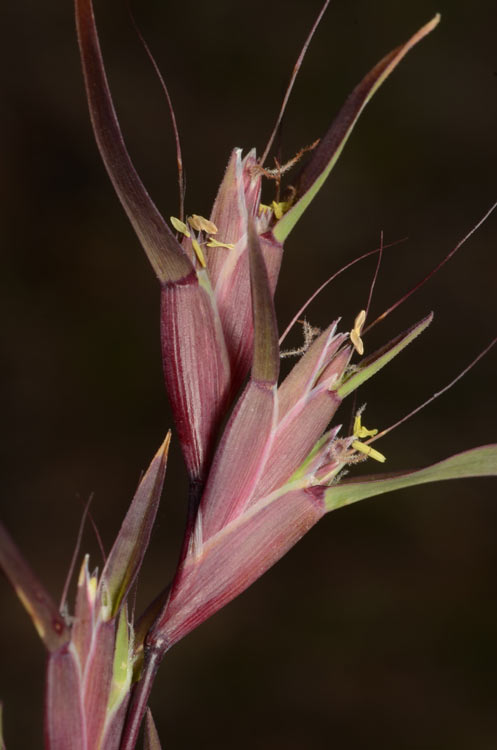
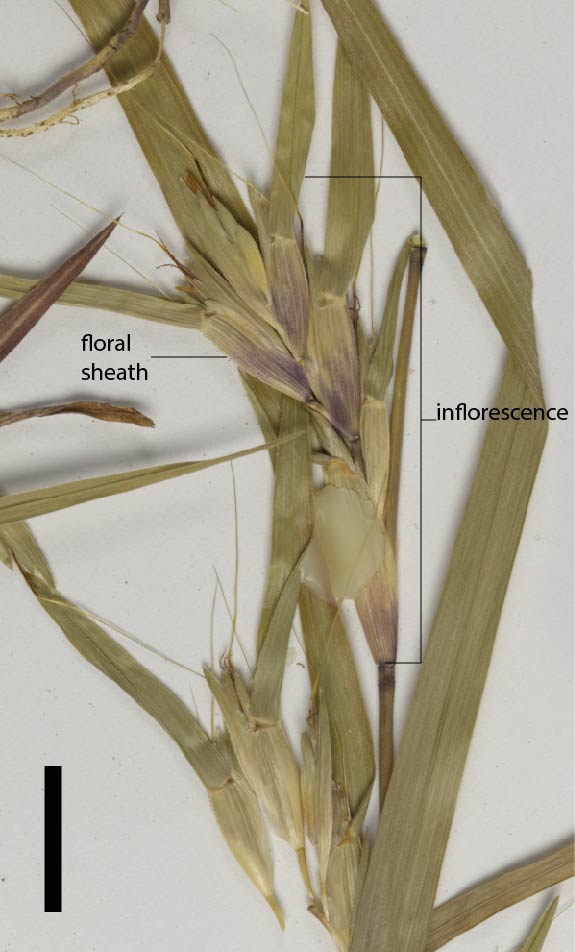
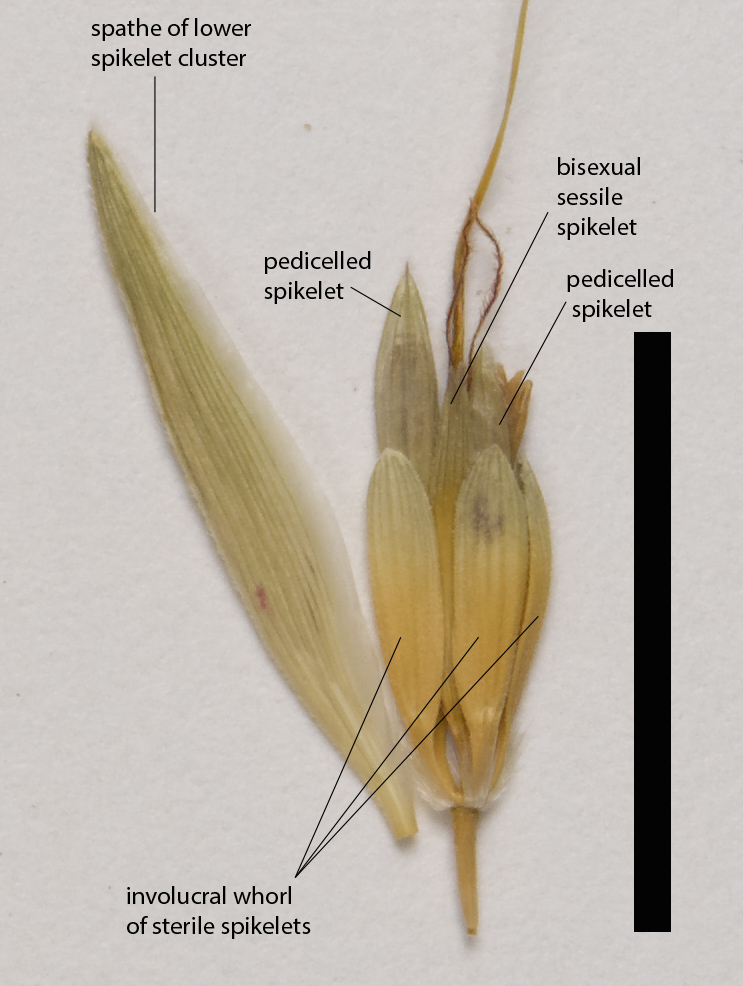
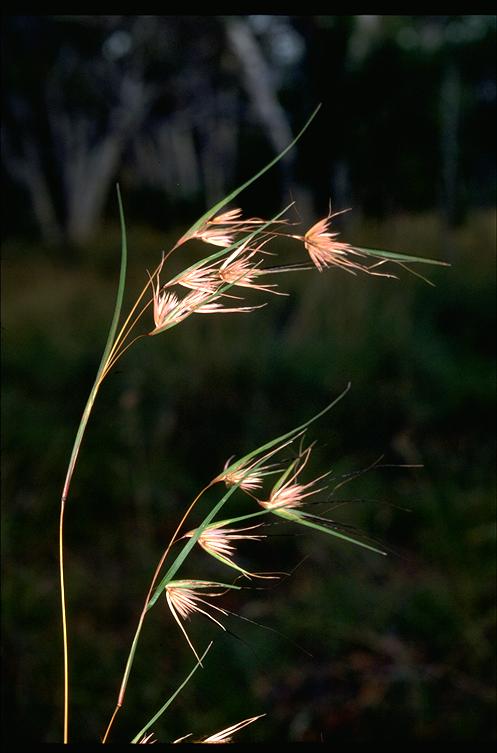
Resources
AVH (2017) Australia’s Virtual Herbarium, Council of Heads of Australasian Herbaria, <http://avh.chah.org.au>, accessed 30 May 2017.
Lazarides, M. (2002) Economic attributes of Australian grasses. Flora of Australia 43: 213-245.
Milson, J. (2000) Pasture plants of north-west Queensland. Information Series Q100015. Queensland Department of Primary Industries.
Rolfe, J., Golding, T. and Cowan, D. (1997) Is your pasture past it? The glove box guide to native pasture identification in north Queensland. Information Series Q197083. Queensland Department of Primary Industries.
Simon, B.K. (1992b) Iseilema. In J.R. Wheeler (ed.), B.L. Rye, B.L. Koch & A.J.G. Wilson. Flora of the Kimberley Region. (Western Australian Herbarium, Dept. of Conservation and Land Management Como, W.A.), pp. 1181-1185.
Simon, B.K. & Alfonso, Y. (2011) AusGrass2, http://ausgrass2.myspecies.info/ accessed on [20 March 2017].

